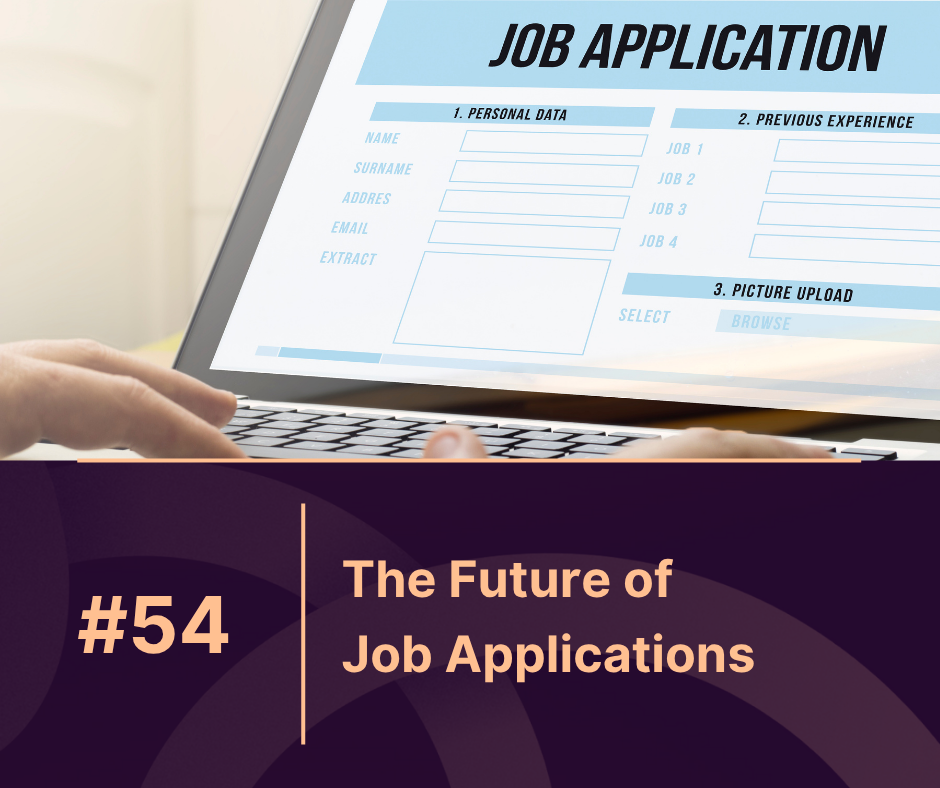Overview
In 2025, job seekers are facing more competition than ever, and the first hurdle to getting noticed is passing through Applicant Tracking Systems (ATS). These AI-driven resume screening tools are designed to filter candidates before a human ever sees the application. This blog dives into the top ATS challenges in resumes, why they matter in today’s hiring process, and how you can fix them to land more interviews. Whether you’re applying for remote, tech, or traditional roles, understanding these challenges is critical to job search success.
What Are ATS Challenges in Resumes?
ATS challenges in resumes refer to the common mistakes or formatting issues that prevent your resume from being read or ranked properly by an Applicant Tracking System. These systems scan resumes for keywords, formatting, and structure—and if your resume doesn’t meet their criteria, it may never reach a recruiter.
Why Are ATS Challenges Increasing in 2025?
With remote work on the rise and AI adoption expanding in HR departments, over 98% of Fortune 500 companies now use ATS to manage applications. This means your resume is more likely to be read by a machine before a human. In 2025, trends such as AI-powered shortlisting and skill-based ranking are increasing the pressure on job seekers to optimize their resumes for machines.
Top 5 ATS Challenges in Resumes (And How to Fix Them)
| ATS Challenge | Impact on Resume | How to Overcome It |
|---|---|---|
| 1. Complex Formatting (Tables, Columns) | Leads to unreadable content for ATS | Use a clean, text-based format without graphics |
| 2. Missing Keywords | Resume is not ranked for relevant job openings | Use exact job description keywords |
| 3. Unreadable File Types | ATS may reject .pdf or scanned image files | Submit resume in .docx format |
| 4. Generic Content | Fails to match job-specific language or phrases | Tailor resume to each job with relevant keywords |
| 5. Incorrect Headings or Sections | ATS may not recognize work experience or skills | Use standard headings like “Work Experience,” “Skills” |
Tips to Beat ATS Challenges in Resumes
Here are 5 actionable tips you can apply right away to overcome these ATS issues:
-
Use Standard Fonts & Headings: Stick to Arial, Calibri, or Times New Roman and use labels like “Experience,” “Education,” and “Skills.”
-
Match Keywords from Job Description: Use a tool like Jobscan or manually match the skills listed in the job post.
-
Avoid Graphics or Text Boxes: ATS cannot read visuals. Keep it text-only.
-
Submit as a Word Document: Many ATS systems still struggle with PDFs. Use
.docxunless stated otherwise. -
Use a Resume Scanner Tool: Platforms like MaxProfile.io offer AI resume scoring against job descriptions.
Why Fixing ATS Challenges in Resumes Matters
An optimized resume can increase your chances of passing ATS screening by up to 70%, according to industry reports. In a competitive job market, even a qualified candidate can be missed due to formatting or keyword issues. By addressing these ATS challenges in resumes, you’re ensuring your application gets the attention it deserves.
Conclusion
In 2025, writing a great resume isn’t just about listing experience—it’s about optimizing for the algorithms that screen your content first. Understanding the ATS challenges in resumes gives you a major advantage over applicants who haven’t updated their approach. A few small changes—like using the right keywords, keeping formatting clean, and submitting the right file type—can significantly increase your chances of landing interviews.
Want to test how ATS-friendly your resume is? Use MaxProfile.io to scan your resume for free and get instant feedback.
FAQs
Q1: What is an ATS and why is it important in 2025?
A: ATS stands for Applicant Tracking System. In 2025, most companies use ATS to filter resumes before human review, making it crucial to optimize your resume for ATS.
Q2: How can I check if my resume passes ATS?
A: You can use tools like MaxProfile.io, Jobscan, or ResumeWorded to test your resume against real job descriptions.
Q3: Does a PDF resume work with all ATS systems?
A: Not always. Some older ATS systems can’t read PDFs correctly. It’s safer to use a .docx file unless the employer specifies otherwise.
Q4: What keywords should I include?
A: Extract keywords from the job description, especially skills, tools, certifications, and responsibilities relevant to the role.
Q5: Can a visually designed resume work for ATS?
A: No. ATS can’t read columns, icons, images, or fancy graphics. Always keep it simple and text-based for ATS versions.



